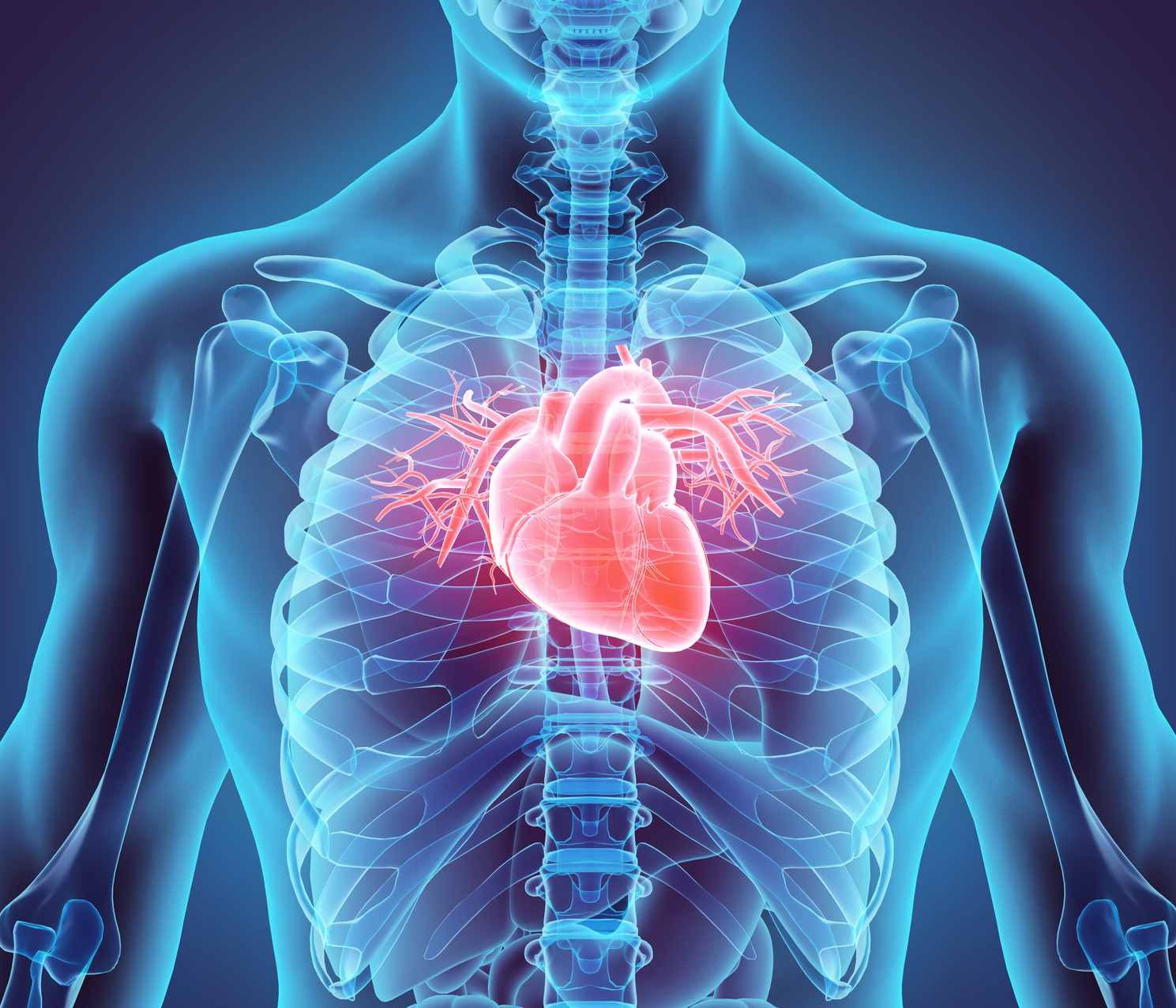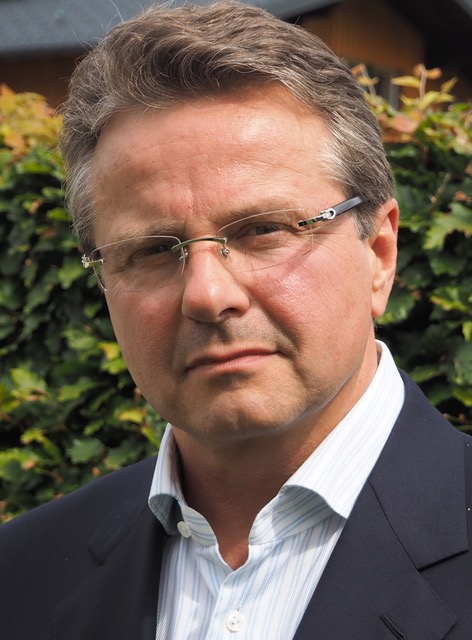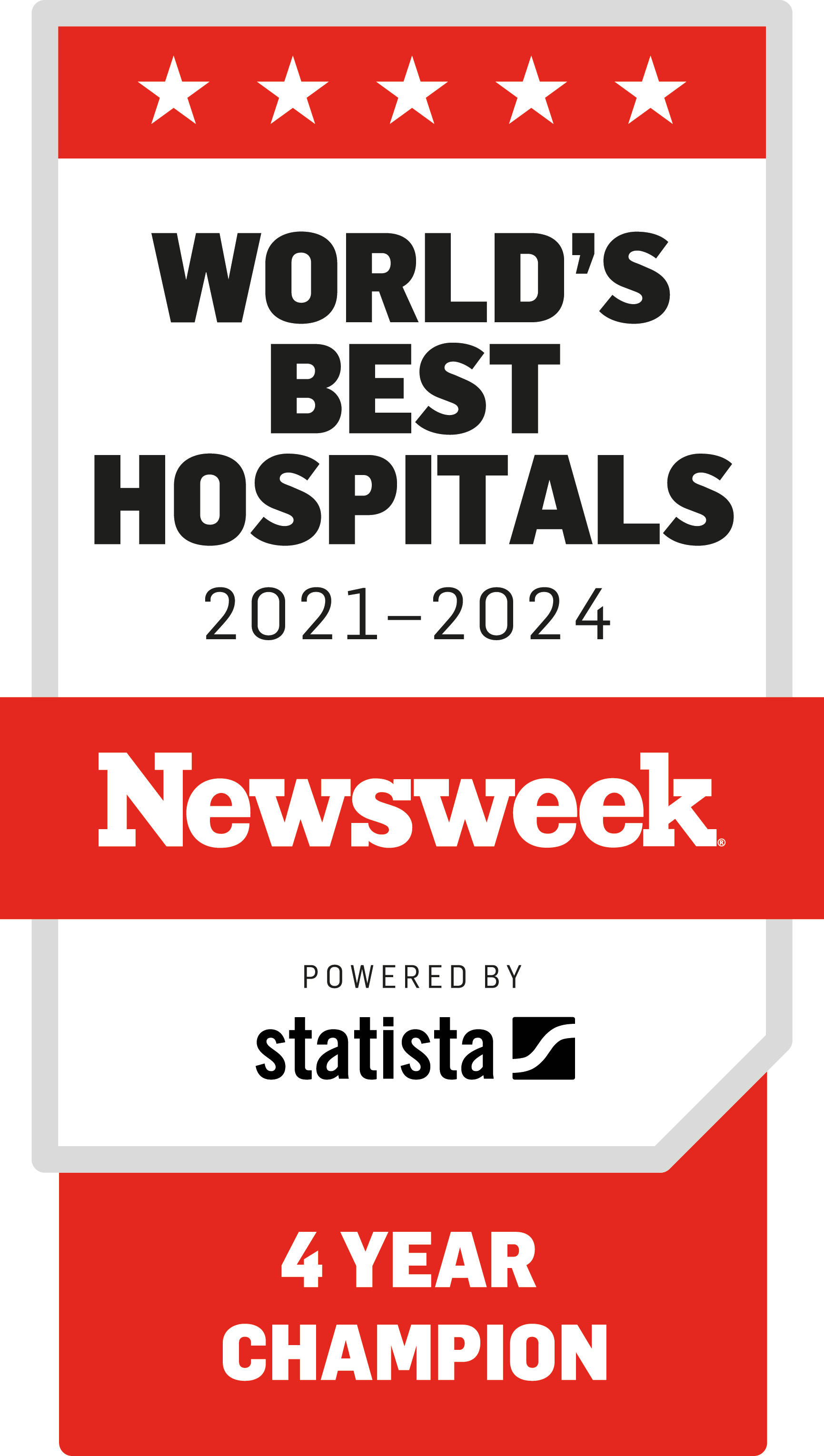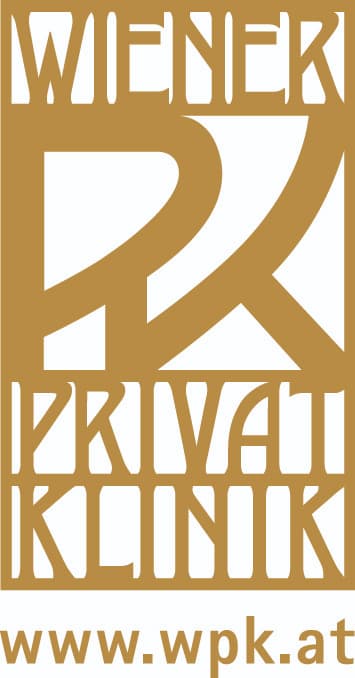

Advances in Interventional Cardiology
Prof. Dr. Christoph W. Kopp, a specialist in angiology and cardiology, has worked as an interventionalist in these two fields at Vienna General Hospital; he has also been an attending physician and interventional cardiologist and angiologist at the Wiener Privatklinik since 2004. According to Prof. Dr. Kopp, the greatest advances in interventional cardiology in the last 10 years, apart from the improvement and development of new drug eluting stents (3rd generation DES), lie above all in the way in which endovascular interventions are performed today.
Minimally invasive vascular access
This begins with minimally invasive vascular access, which is performed in >95% of cases via the radial artery, i.e. the artery at the wrist, and is completely painless using only local anesthesia; this access also offers the advantage of good compressibility and therefore a low risk of local bleeding. Furthermore, borderline constrictions of the coronary arteries – which cannot be clearly assessed as effective by the naked eye – can now be objectified by means of pressure gradient measurement (fractional flow reserve, FFR). This often leads to a change in strategy, particularly in the case of multi-vessel disease, and makes it easier for the “heart team” to decide whether to primarily recommend an endovascular or cardiac surgery strategy to the patient in accordance with the guidelines of the European Cardiac Society.
The next step towards ” better outcomes ” of coronary and peripheral interventions is IVUS* or OCT** assisted interventions to characterize lesions, vessel diameters, degree of dejecEon and landing zones for the stent. As our patients are getting older and often have a high degree of vascular calcification, new techniques such as endovascular lithotrypsy (Shockwave), rotablation (a drilling technique with a diamond drill head) and culng balloons, which can break calcification clasps, are being used more and more frequently. Periinterventional cardiovascular support using Impella of 3-5 l/min cardiac output is also a safety factor in rare cases, especially in inoperable elderly patients with 3-vessel disease.
A major step forward in the treatment of heart failure
In everyday clinical practice, cardiologists and angiologists have an unprecedented arsenal of blood pressure and blood pressure-lowering drugs, antidiabetics, antiplatelet drugs and new oral anticoagulants to facilitate the tasks of primary and secondary prevention in order to improve the prognosis and quality of life of our patients. Not only have new combinations of drugs, synchronization devices such as defibrillators (CRTD) and pacemakers (CRTPM), but also minimally invasive endovascular therapy for the frequently associated heart valve disease, such as transaortic valve replacement (TAVI) for aortic valve stenosis or mitral clipping for mitral valve closure weakness, brought about a major step forward in the treatment of heart failure.
Ablation as a therapy for the world’s most common arrhythmia – atrial fibrillation, the origin of which was described in 1998 as ectopic fire from overstretched pulmonary veins – can now be achieved without heat generation using pulse field electroporation. Pulmonary vein isolation achieved in this way to interrupt pulmonary venous conduction has already found its way into everyday electrophysiological treatment of atrial fibrillation and is in the process of replacing the thermoelectric procedure of radiofrequency ablation.
The cardiology and angiology departments at the Wiener Privatklinik naturally work closely with the heart team at Vienna University Hospital to provide our patients with optimal care.

Ähnliche Artikel




